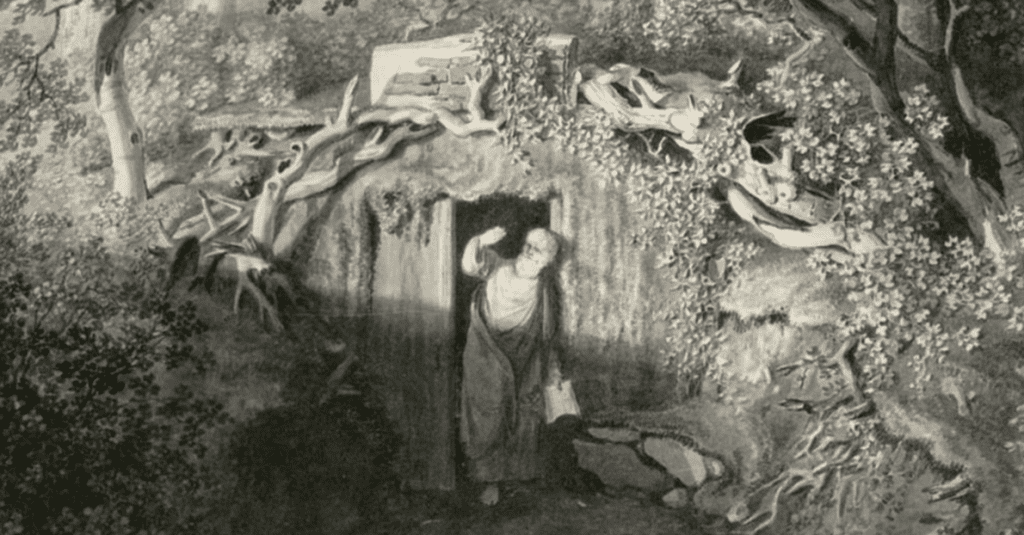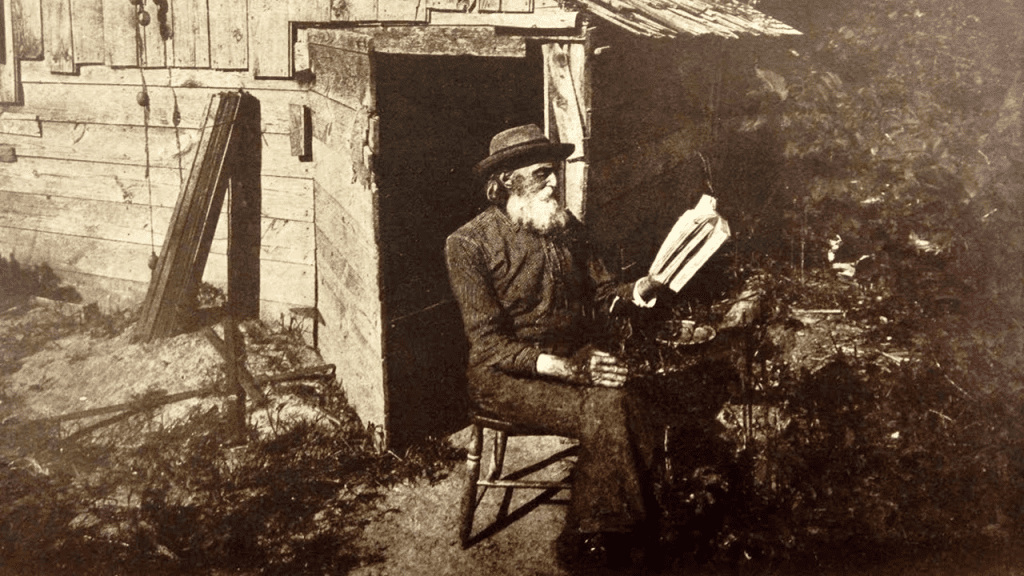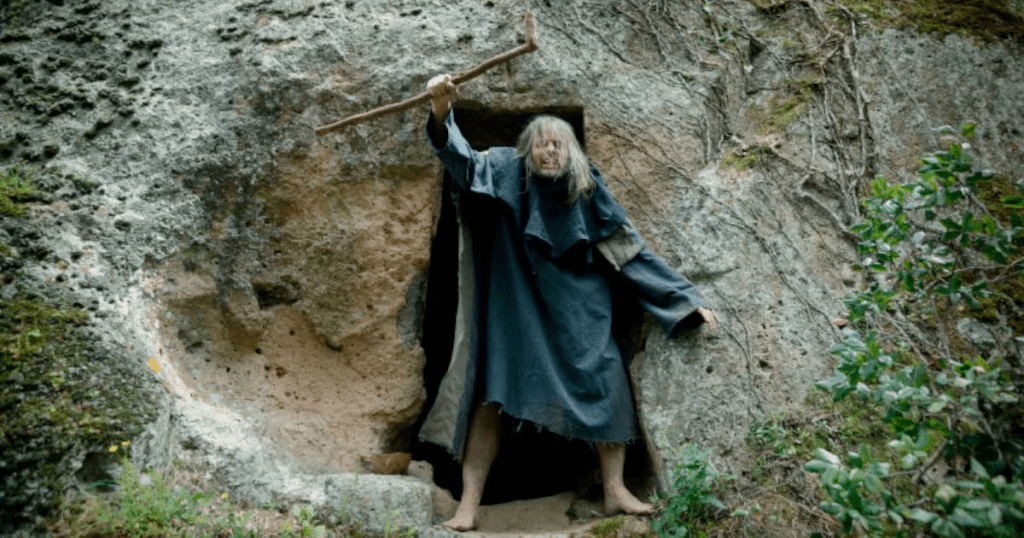In the elaborate world of 18th-century English aristocracy, wealth wasn’t just about gold or land it was about aesthetic display, social performance, and eccentricity. And nothing captured this theatrical spirit quite like the strange trend of hiring “ornamental hermits.”
Yes, you read that right. For a period during the Georgian era, it became fashionable for the wealthy elite to employ hermits real people to live in artificial grottoes and decorative garden caves on their lavish country estates. These hired loners were part-art installation, part-social commentary, and entirely bizarre.

Why Hire a Hermit?
In the 1700s, English landscaping evolved beyond simple gardens into sprawling works of art. Inspired by Romanticism and a growing obsession with melancholy, mystery, and the natural world, many estate owners designed gardens to feel wild yet poetic complete with crumbling ruins, weeping willows, and man-made caves.

To top it all off, some landowners added a human touch to their garden’s fantasy world: a live hermit. The idea was to project the image of deep thought, spiritual depth, and an appreciation for nature without any of the actual hardship or discomfort associated with being a true hermit.
Video:
Ornamental Hermits
What Did a Garden Hermit Do?
An ornamental hermit was not expected to socialize. In fact, they were often instructed to never speak, grow their hair and beards long, wear robes (sometimes made of sackcloth), and never bathe. Their job was simply to exist, looking wise and mysterious while wandering the grounds or sitting near the entrance of their grotto.
They were usually forbidden from cutting their nails, interacting with guests, or leaving the property. The goal was to create an atmosphere of ancient wisdom and stoic solitude, like a living statue placed among nature.

In return, hermits were paid a stipend sometimes handsomely and provided food and shelter. Contracts often lasted seven years, but few hermits stayed the full term. The strict isolation and odd conditions made the role difficult to endure.
Not Just a Joke: The Deeper Meaning
While it sounds ridiculous today, the practice wasn’t entirely a joke. These ornamental hermits reflected the Romantic ideals of the time. The upper classes were fascinated with the idea of simplicity and withdrawal from modern life but only as a concept. Hiring a hermit allowed them to signal their intellectualism, taste, and wealth, without actually giving up their comforts.
Some historians argue that these living props were also a subtle critique of modernity. They embodied the yearning for wisdom, nature, and authenticity, even as the society around them grew more industrialized and artificial.
Video:
The Secret History Of Ancient Garden Hermits
Famous Examples
One estate owner, Charles Hamilton of Painshill Park in Surrey, advertised for a hermit willing to live in a hermitage, avoid all human contact, never cut his hair or nails, and live for seven years in exchange for a generous reward. The man hired lasted only three weeks before being fired for sneaking into the local pub.
Other estates built fake tombs or ruins for their hermits to occupy, enhancing the illusion of timeless wisdom and mystery.

A Trend That Faded, But Never Quite Disappeared
By the 19th century, the trend of hiring garden hermits faded, seen more as a curiosity than a true symbol of taste. However, the concept continues to fascinate historians, writers, and artists today. It lives on as a symbol of how far people will go to create an image and how solitude itself was once a luxury display.

Conclusion: When Silence Was for Show
In a world driven by appearances, 18th-century England turned even isolation into performance art. Ornamental hermits weren’t just decorations they were living metaphors of wealth, control, and the strange desire to possess nature’s wisdom without its hardship. They remind us that history is full of surprising and often surreal ways people have used others to reflect their own ideals.


